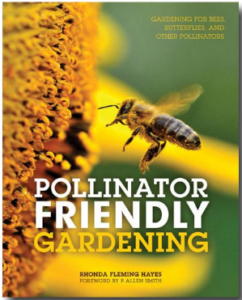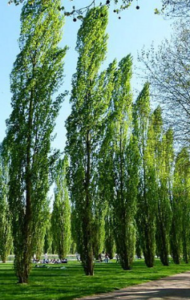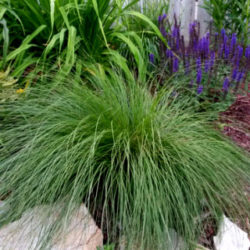Click below to listen to my 2 min. Garden Bite radio show: Attracting butterflies includes larval hosts
Audio PlayerAs Milkweed are host to the Monarch butterfly larvae, I don’t want to use any chemical to rid the plant of those bugs!

If you like having butterflies of any sort in your landscape, then consider other larval host plants. Rhonda Fleming Hayes writes a great article in Northern Gardener magazine. I’ll share some of her thoughts and link you to her new book, “Pollinator Friendly Gardens”.

Rhonda says on average you’ll find about 100 species of butterflies near your home.
Herbs are good hosts. Dill, Anise, fennel, mint and parsley work well and are great plants. Although mint is invasive.

Of course milkweed is for monarchs, their larvae eat the leaves, but other perennials like aster, hollyhock, mallow and hardy hibiscus attract butterfly larvae of another sort!

Hibiscus ‘Fireball’
Honeysuckle vines, Hops and Moonflower are also great hosts.

These larvae feed on the plant foliage, it’s not the flowers or nectar they’re attracted to. An important distinction.
Most gardeners would ask, why would you plant something that eats the foliage??? Well, without THOSE plants to feed the early stages of butterflies, there are no butterflies. It’s not that you need a full garden of foliage munching caterpillars, but rather an oasis of a variety of plants that include trees! Aspen, Poplar, black cherry and willow are hosts as are shrubs like lilacs and viburnum.

Poplar

Viburnum ‘Blue Muffin’ – Wayside Gardens
Grasses can offer as a host plant too! Big Bluestem, Little Bluestem, Prairie Dropseed and switch grass

Prairie Dropseed and salvia
